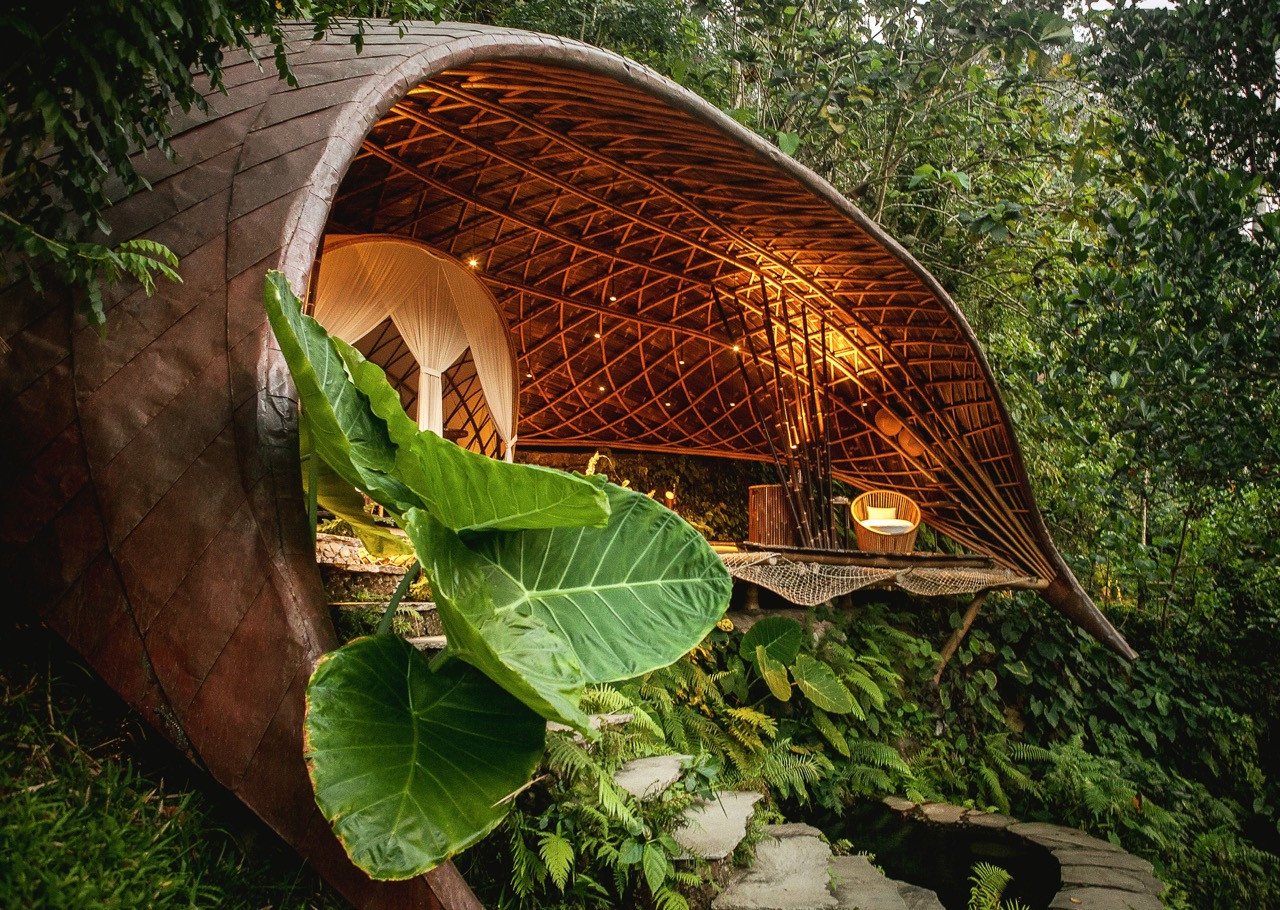Paras mentions architects like Peter Muller, Geoffrey Bawa, and landscape artist Made Wijaya as having “birthed brand new ‘schools of design’ in Bali.” Could you elaborate on their distinct legacy?
The late 1960s and early 1970s witnessed significant apprehension regarding Bali’s future development, sparked by the 1966 inauguration of the towering modernist Bali Beach Hotel in Sanur. Wija Waworuntu, the visionary owner of Tandjung Sari hotel, vehemently opposed the hotel’s foreign architectural style, which he felt disregarded the island’s rich culture and natural landscape. In response, Wija, along with his then-business partner Donald Friend, directly invited Bawa and Muller to Bali. Their collaboration aimed to create the Batujimbar Estate and Hotel Matahari (which ultimately became Amandari), conceived as Bali’s first authentic hotel built with traditional techniques and local materials.
Made Wijaya was a former Australian backpacker deeply enamoured with Balinese culture. He embraced Bali fully, adopting a Balinese name and identity, and dedicated his life to championing traditional Balinese design in buildings and landscapes. His involvement in projects like the Batujimbar Estate, Bali Hyatt, and Amandari solidified his influence.
These pioneering designers championed a design philosophy that sought to project the essence of ‘Bali-ness’ onto the global stage, a direct contrast to the inward imposition of foreign styles exemplified by the Bali Beach Hotel. This concept became known as the ‘Bali Style’, gaining popularity through projects led by hotelier Adrian Zecha, including iconic resorts like Amanusa, Amankila, and The Legian.
Don’t miss: Bill Bensley: Eco-luxury hotels’ design rebel

